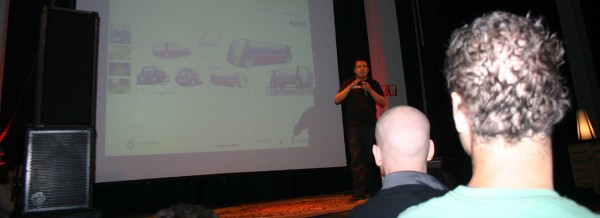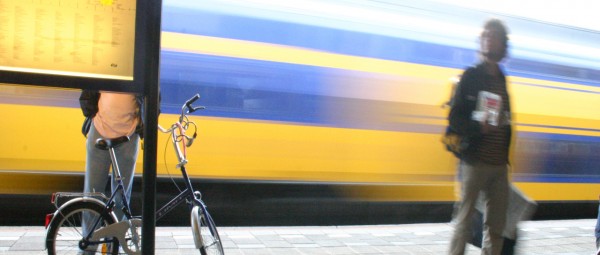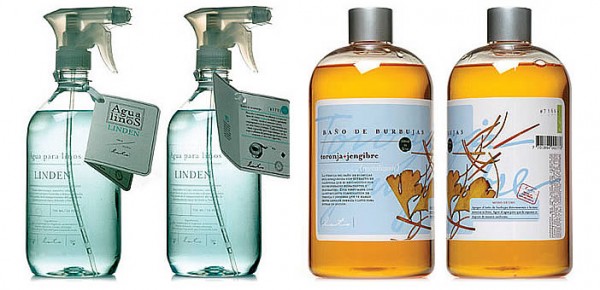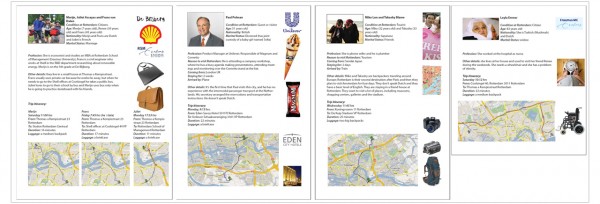Blog
Creative session (part 1)
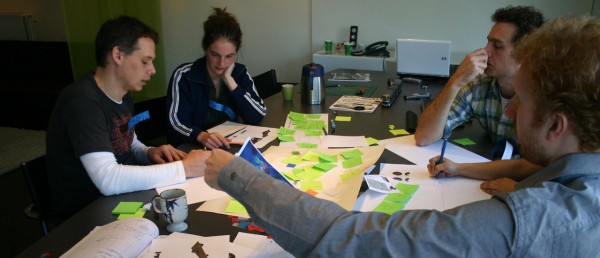 This category contains the summary and analysis of several “creative sessions” that the author has lead during his professional activity and the course “Creative Facilitation” as a part of the Strategic Design Master at Delft University of Technology. These posts include the background, methodology and procedure, results and conclusions of each case study. After several trials I consider that I have some level of expertise and I am plenty of interest in this topic, in order to improve my profile as a strategic & industrial designer.
This category contains the summary and analysis of several “creative sessions” that the author has lead during his professional activity and the course “Creative Facilitation” as a part of the Strategic Design Master at Delft University of Technology. These posts include the background, methodology and procedure, results and conclusions of each case study. After several trials I consider that I have some level of expertise and I am plenty of interest in this topic, in order to improve my profile as a strategic & industrial designer.
A creative session is a gathering of people who, following some steps and rules shaped by a facilitator (or organizer), let their creativity loose. Working together, in one or more teams, they eventually generate ideas for the subject in matter. The session doesn’t need to have very strict guidelines in order to work. As long as it is well organized most likely creativity and inspiration sooner or later emerge (Grudin, 2004)
PechaKucha (part of the case study 3)
Pecha Kucha Night (Bmb bbm org, 2008) is an intimate gathering that offers everybody the chance to present fresh and creative work, ideas or concepts. This can be a newly finished building, a new piece of furniture, an ad campaign, a fashion line, a new event or any idea the world needs to know about. The Tokyo based architecture firm Klein Dytham Architetcs (KDA) originally started Pecha Kucha Night in their nightclub Supperclub. After it proved to be a perfect recipe for a good night out and a great way of meeting new people, ideas, employees or jobs the evening was picked up all over the world. ICA Club director Iram Quraishi, co-founder of the London edition called it a sort of speed dating. Pecha Kucha brings together the ideas and not the bodies. Pecha Kucha Night in the Netherlands is founded and organized by HUNK-design and Studio Popcorn.
Case Study 3: Mobility in megacities
“Mobility at the “first and last mile” of the Intermodal Passenger Transport in a European Megacity”.
ITO (Integral • Transport • O emissions)
Facts
Client: Motio Development (Internal Project)
Design & Engineering: Mejia J.R. (Industrial-strategic design & Project Leader), Aguilar M. (Technical Development & Human Factors) and Steketee A. (Engineering).
Project date & place: 2009 The Netherlands.
Consultancy (part 1.1): Branding & packaging
Línea de empaques para Loto | Diseño p576

El desarrollo completo a lo largo del tiempo de una línea de productos premium para el cuidado del cuerpo.
Loto es un almacén de productos para el cuidado del cuerpo que mediante una selección rigurosa de ingredientes naturales y fragancias exclusivas, desarrolla líneas especializadas para el bienestar. Estas contienen diferentes productos como jabones, cremas, aceites, baños de burbujas, inciensos y otros. Loto es reconocido como uno de los mejores almacenes de cuidado del cuerpo en Bogotá (ubicación de su único local), gracias a la calidad de sus productos, el buen diseño de sus empaques y la innovación en sus líneas.
Context mapping (part 2): Personas
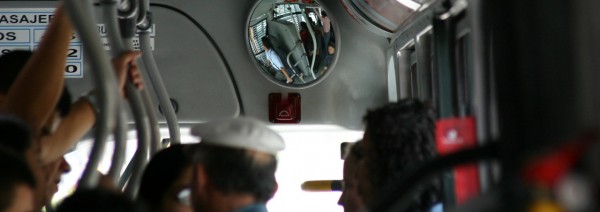 The term ‘user’ is quite ambiguous and often the members of a design team each have somebody else in mind when imagining who the user is. It is possible to set up lists of facts and figures that relate to the user but these can be hard to empathize with.
The term ‘user’ is quite ambiguous and often the members of a design team each have somebody else in mind when imagining who the user is. It is possible to set up lists of facts and figures that relate to the user but these can be hard to empathize with.
Describing personas (Dantin, 2005) is a tool that can help bring to life the users of a product and give the design team clearly defined users to focus on. Creating a fictive character can make it easier to design for this user because you can empathize with the character. Each persona is created to be a representative for a specific user group that uses the product being developed. These personas often reflect more extreme members of a user group since designing for these will also include the more ordinary users.
